11 Low Effort Trees That Brighten Up Your Indoor Space
Growing trees indoors can bring fresh energy and a touch of nature to your home. Choosing low-maintenance trees makes it easier to keep them healthy without much effort. Many indoor trees can thrive with minimal watering and care. They also help improve air quality and brighten up any room. Finding the right tree for your space can make a big difference in your indoor garden experience. Let’s explore these indoor trees.
This post may contain affiliate links, which helps keep this content free. Please read our disclosure for more info.
Fiddle Leaf Fig (Ficus lyrata)
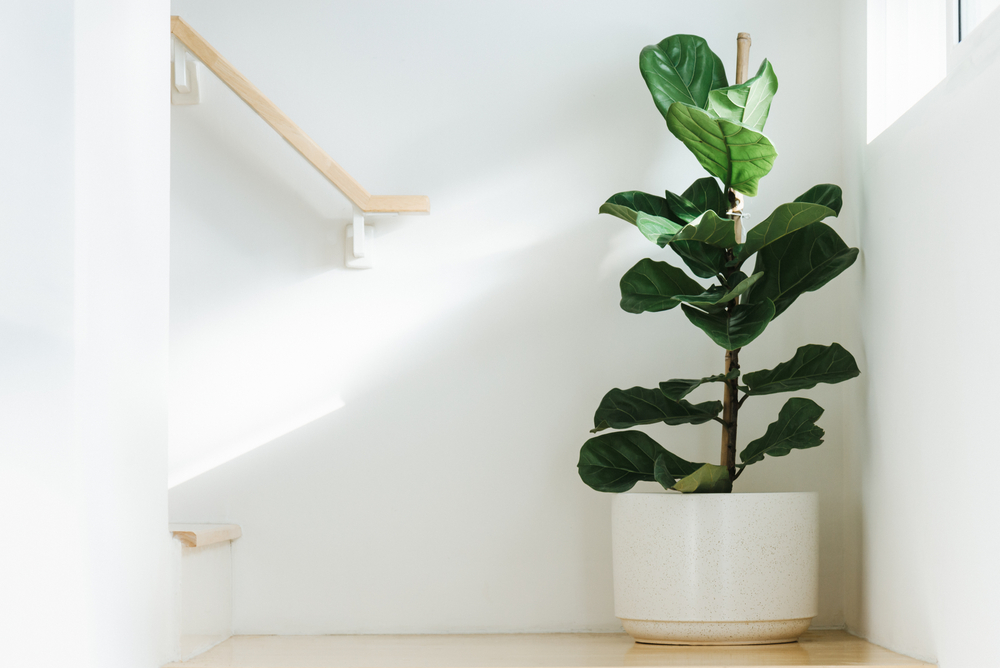
The fiddle leaf fig is popular for its large, violin-shaped leaves that add a bold statement to any room. It requires bright, indirect sunlight and should be watered when the top inch of soil feels dry. This tree can grow up to 6 feet tall indoors, making it a great choice for medium to large spaces. It prefers consistent temperature and humidity but can tolerate some variation.
Caring for the fiddle leaf fig involves wiping its leaves occasionally to remove dust and checking for pests. Avoid overwatering as this tree dislikes soggy soil. It grows slowly indoors, so pruning can help maintain its shape. Overall, it is easy to manage with basic attention to light and watering.
Rubber Tree (Ficus elastica)
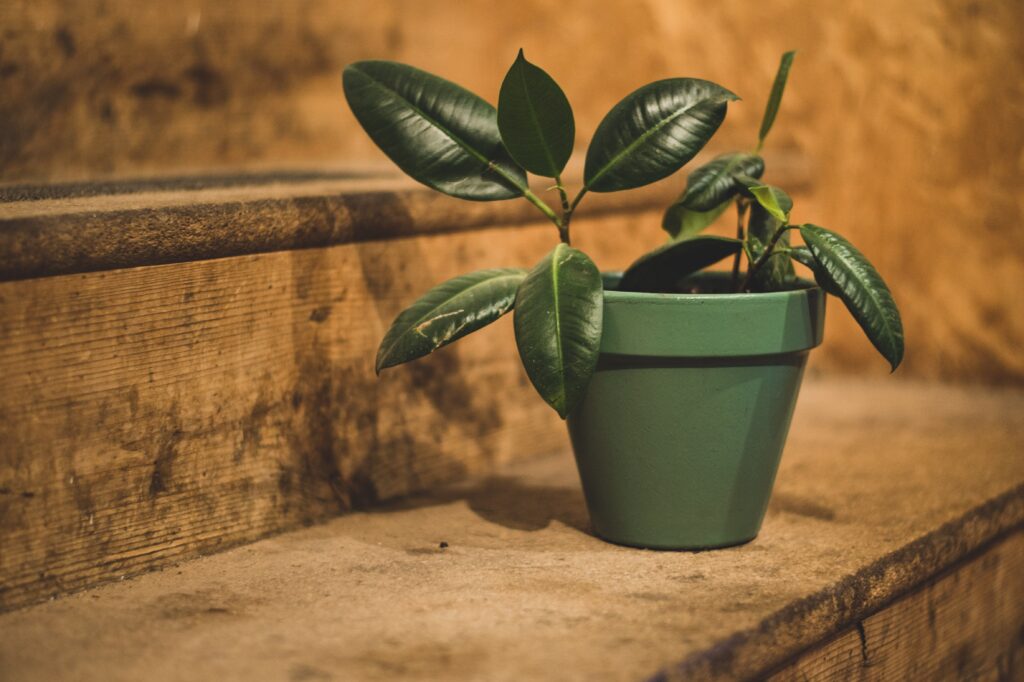
The rubber tree is known for its thick, shiny leaves and upright growth. It thrives in bright, indirect light but can also tolerate lower light conditions. Typically, it reaches about 6 to 8 feet indoors, making it suitable for corners or larger rooms. Watering should happen only when the soil dries out to prevent root rot.
This tree is hardy and adapts well to indoor environments with minimal care. It grows steadily and responds well to pruning if it becomes too tall. Rubber trees benefit from occasional leaf cleaning to keep their shine. Their tolerance for varying light makes them an ideal low maintenance indoor tree.
Snake Plant (Sansevieria trifasciata)

Snake plants are almost indestructible and fit well in small to medium indoor spaces. They grow upright with stiff leaves that can reach up to 3 feet tall. This plant thrives in low to bright indirect light, making it very flexible for indoor spots. Water only when the soil is completely dry, which is usually every few weeks.
Snake plants require very little attention and are known for improving air quality. Their slow growth means they will not outgrow their space quickly. They do not need frequent fertilizing or pruning. Overall, they are one of the easiest indoor trees to care for.
Parlor Palm (Chamaedorea elegans)
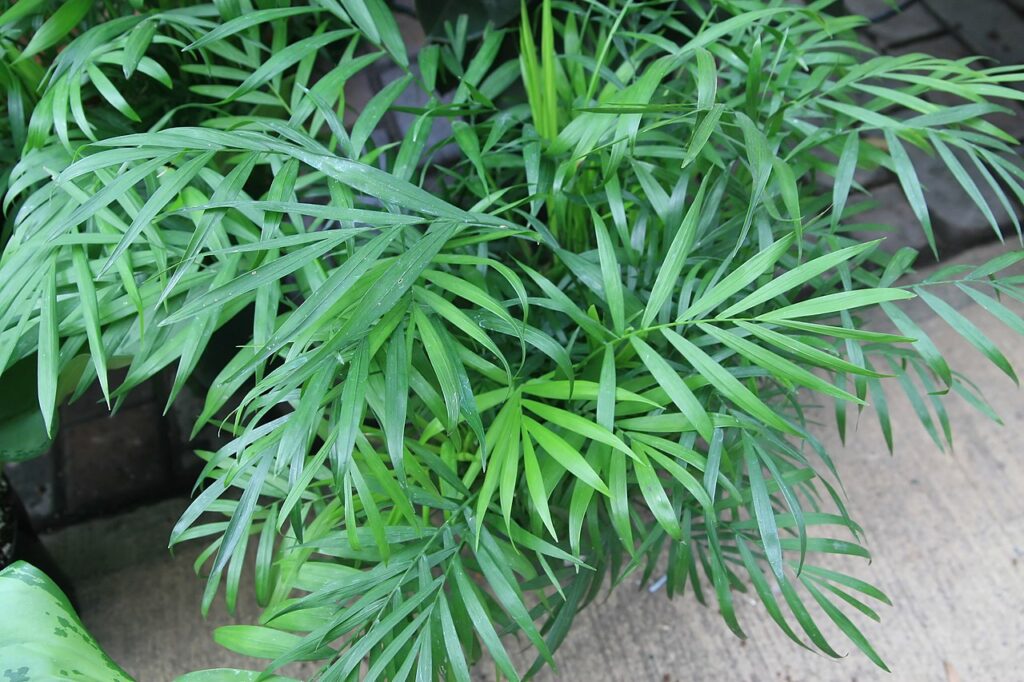
The parlor palm is a classic indoor tree with graceful, feathery fronds. It prefers low to moderate indirect light and can tolerate lower light better than many other indoor trees. Parlor palms grow to about 4 to 6 feet tall indoors, making them ideal for smaller rooms or offices. Watering should be done when the top inch of soil is dry to the touch.
This palm is forgiving and requires little fuss, making it perfect for beginners. It enjoys occasional misting to maintain humidity but can manage in typical indoor air. The slow growth rate means it will stay manageable in size. Parlor palms bring a tropical feel without heavy care demands.
Ponytail Palm (Beaucarnea recurvata)
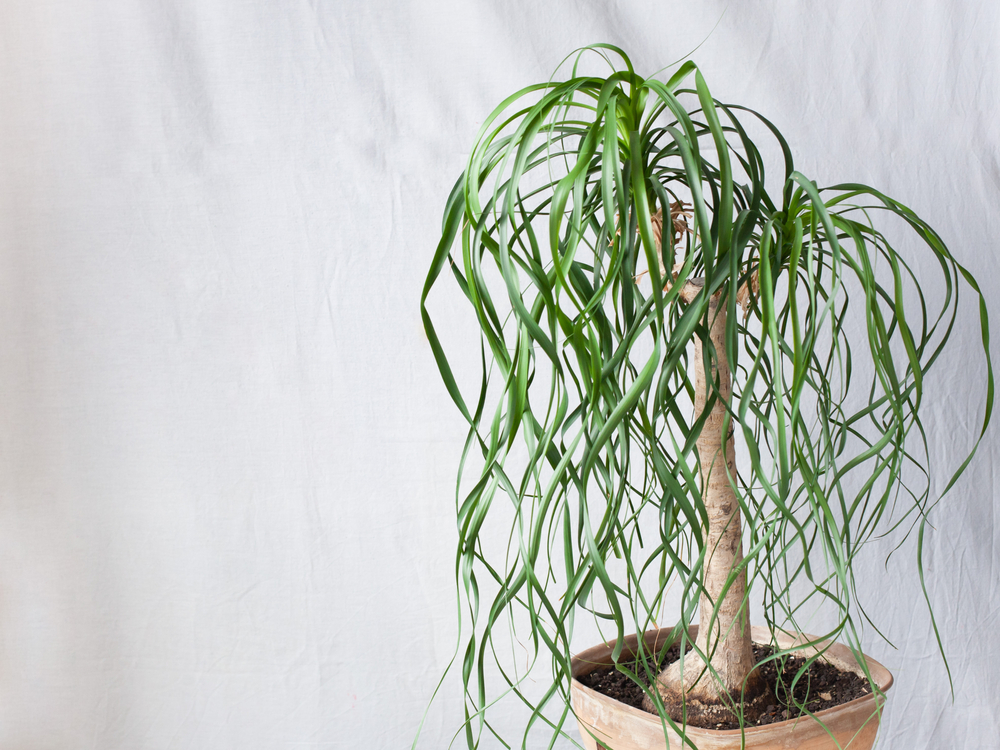
Ponytail palms are distinctive with their bulbous trunk and thin, curly leaves that arch downwards. They are slow growers, usually reaching about 3 to 4 feet indoors, so they fit well in small spaces. These trees do best in bright, indirect sunlight but can handle some lower light areas. Watering is minimal since their thick trunks store water; letting the soil dry out between waterings is best.
This tree requires almost no maintenance and is very drought tolerant. Its unique shape adds interest to any room without needing much attention. Overwatering should be avoided to prevent root issues. Ponytail palms are excellent for anyone looking for an easy and stylish indoor tree.
ZZ Plant (Zamioculcas zamiifolia)

The ZZ plant has glossy, dark green leaves that grow from thick stems, giving it a clean, modern look. It tolerates low light but grows best in bright, indirect light. It usually reaches around 3 feet tall indoors, making it suitable for desks or shelves. Watering should be done only when the soil is dry, as this plant stores water in its roots.
ZZ plants are tough and can survive neglect, making them ideal for busy people. They require no special humidity or temperature conditions. The slow growth helps keep them at a manageable size. Their low care needs make them one of the best indoor tree options.
Dracaena Marginata (Dragon Tree)
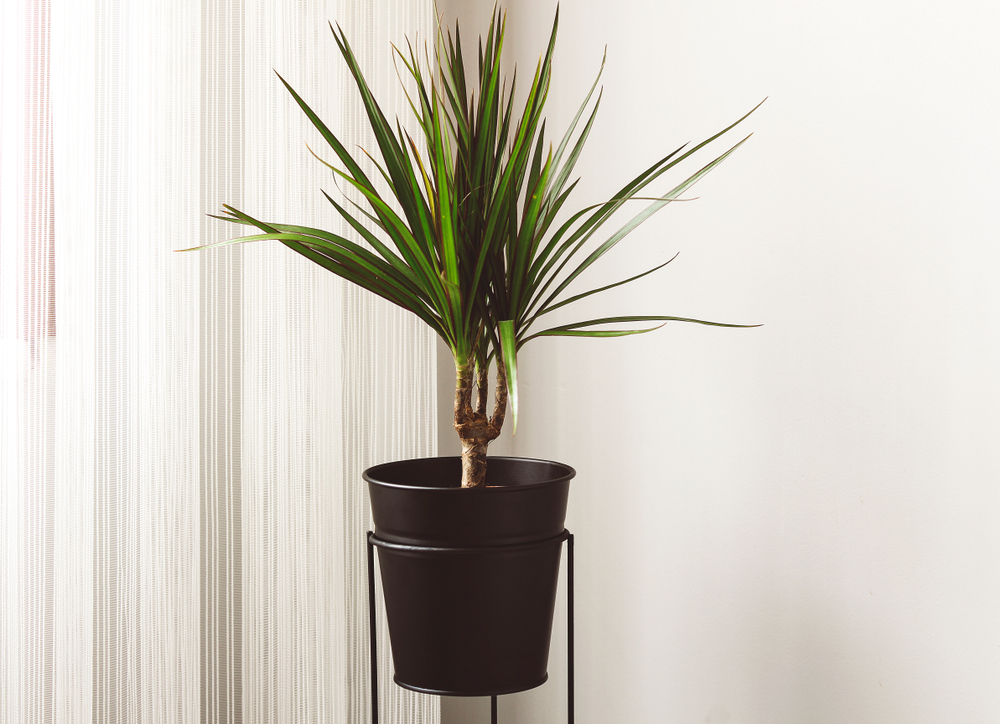
Dracaena marginata has slender, arching leaves with red edges, creating a striking look. It prefers moderate to bright indirect light but can tolerate some shade. Indoors, it can grow between 4 to 7 feet tall depending on space. Water the plant when the top inch of soil feels dry, but avoid overwatering.
This tree is forgiving and adapts well to indoor conditions with minimal care. It benefits from occasional dusting of its leaves. Dracaenas grow slowly and respond well to pruning if needed. They are a good choice for adding height and texture indoors.
Norfolk Island Pine (Araucaria heterophylla)
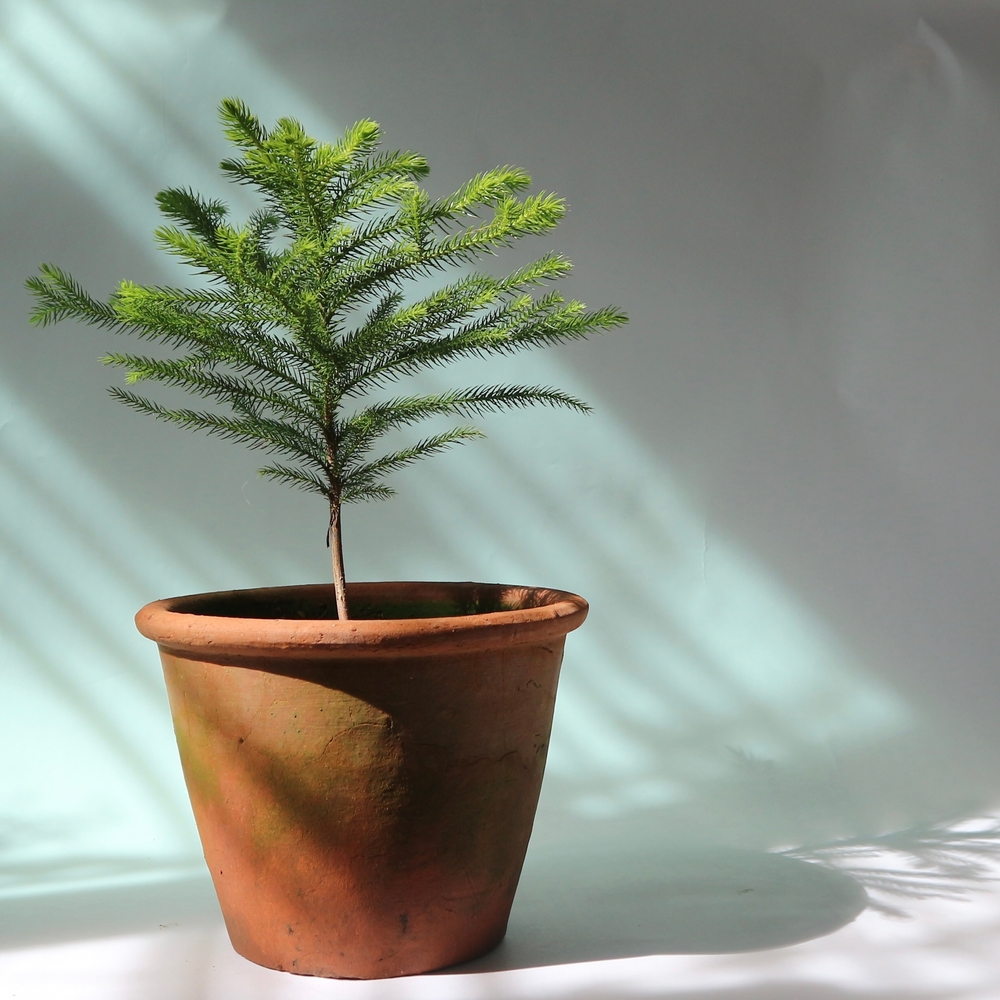
Norfolk Island pines look like small Christmas trees with soft, symmetrical branches. They thrive in bright, indirect light and prefer slightly cooler indoor temperatures. Indoors, they can grow up to 6 feet tall but grow slowly. Watering should be moderate, keeping the soil moist but not wet.
These trees need some attention to humidity, such as occasional misting, but are otherwise easy to care for. They do not tolerate sudden temperature changes well. Pruning helps keep their shape neat. Norfolk Island pines add a fresh, evergreen look without much work.
Chinese Evergreen (Aglaonema)

Chinese evergreens are known for their colorful, variegated leaves that brighten indoor spaces. They tolerate low light well and can adapt to moderate indirect light too. Typically, they grow up to 3 feet tall, making them perfect for tables or small corners. Water only when the top part of the soil dries out to avoid overwatering.
This tree is very forgiving and can survive in less-than-ideal conditions. It requires minimal feeding and little pruning. Their slow growth helps them stay compact. Chinese evergreens are a great choice for easy care and visual interest.
Kentia Palm (Howea forsteriana)
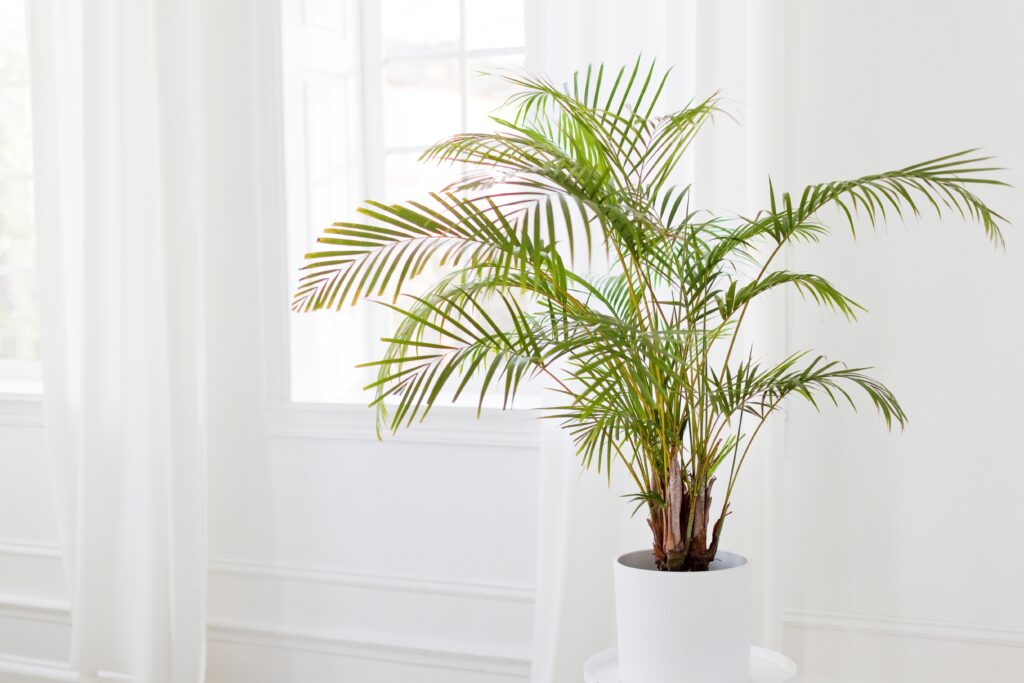
Kentia palms have elegant, arching fronds and a slow growth habit that fits well indoors. They prefer moderate indirect light but can tolerate lower light spots. They can grow up to 10 feet indoors, making them suitable for larger rooms. Watering should be done when the soil starts to dry but not allowed to become completely dry.
These palms are known for their ability to thrive with little attention. They do not require frequent fertilizing and can handle typical indoor humidity. Pruning dead leaves helps maintain a tidy appearance. Kentia palms bring a calm, tropical vibe without high maintenance.
Money Tree (Pachira aquatica)
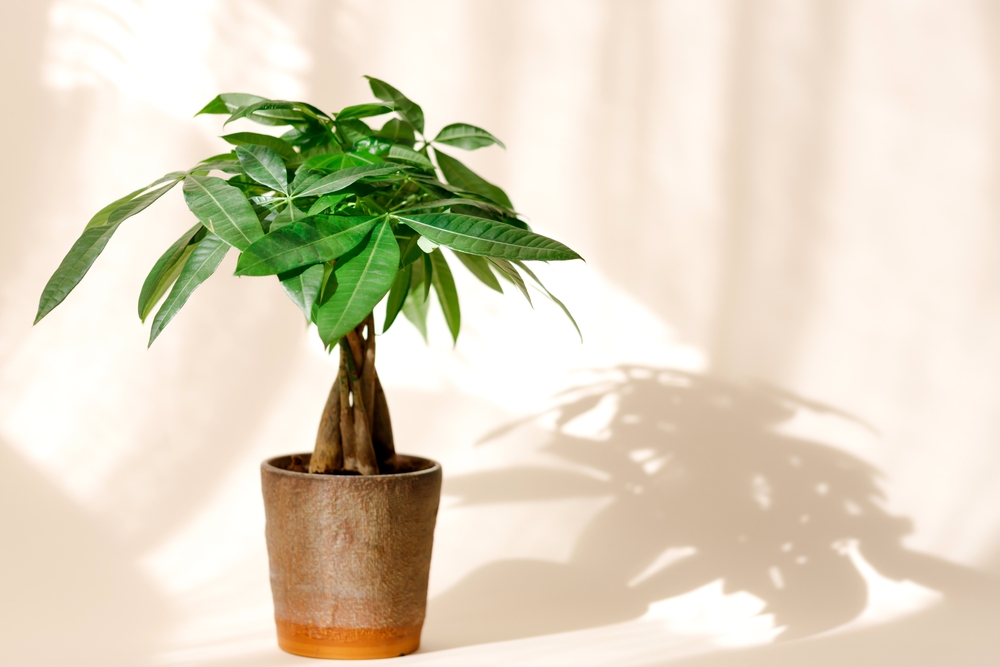
Money trees are popular for their braided trunks and lush, shiny leaves. They grow well in bright, indirect light but can handle some shade. Indoor sizes usually reach 3 to 6 feet tall. Watering should be done when the top inch of soil dries, keeping moisture consistent but not excessive.
This tree is forgiving and adapts to different indoor environments. It prefers higher humidity but can do fine in average home conditions. Pruning encourages bushier growth. Money trees add charm with little fuss and a unique look.
Selecting a low maintenance tree can greatly simplify indoor gardening and keep it enjoyable. These trees provide a natural touch to your home while needing only basic care. When given proper lighting and watering, they can grow healthy and strong over time. Bringing one of these trees into your space will add beauty and a peaceful vibe.
This article originally appeared on Avocadu.
